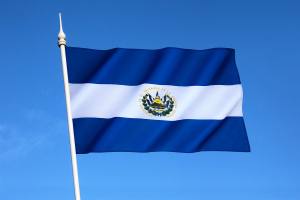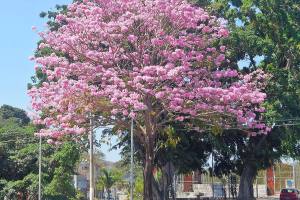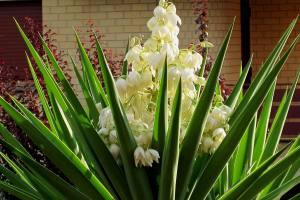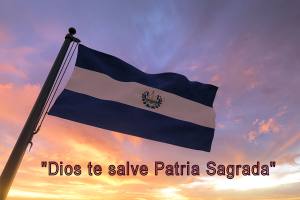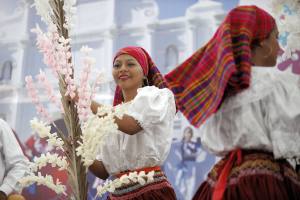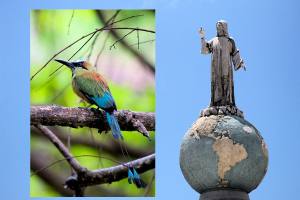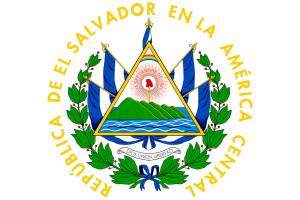Did you know that El Salvador had more than one National Hymn? That’s right, Salvadoran history is so rich and diverse that four hymns were released through the years. Each one highlights the era in which it was composed. Of all of them, one became the song of the people.
A song that begins by saluting the Patria speaks of freedom, of how a fighting people achieved their independence. In short, the history of a nation with ancient traditions still exists.
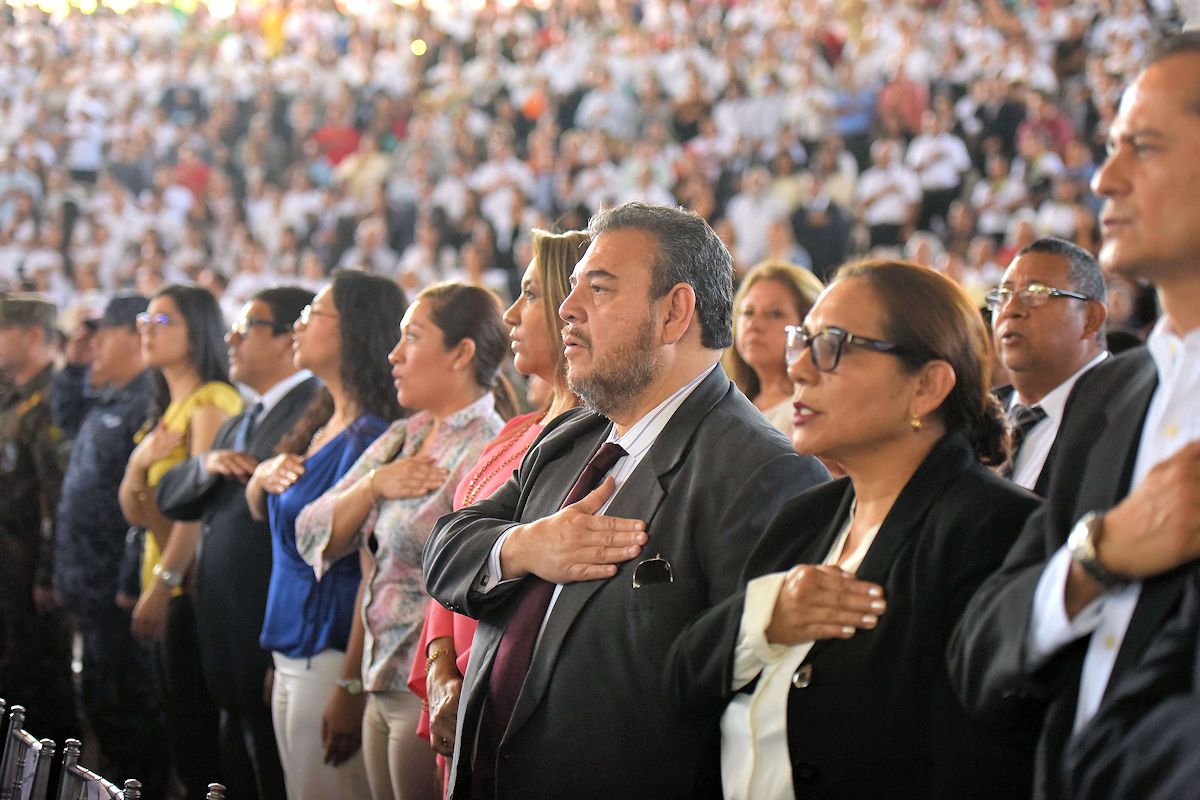
NATIONAL HYMN OF EL SALVADOR - Traditions of El Salvador. Photo by Presidencia El Salvador. Flickr.
Without further ado, we invite you to discover and learn about one of the most important patriotic symbols of El Salvador, the National Hymn.
Origin and history of the National Hymn of El Salvador
National Hymn of El Salvador was composed in 1879, but it was not until 1953 that it was declared as such and became part of the patriotic symbols of El Salvador. Curiously, they created other hymns before and after this period as part of the different presidential mandates of the time.
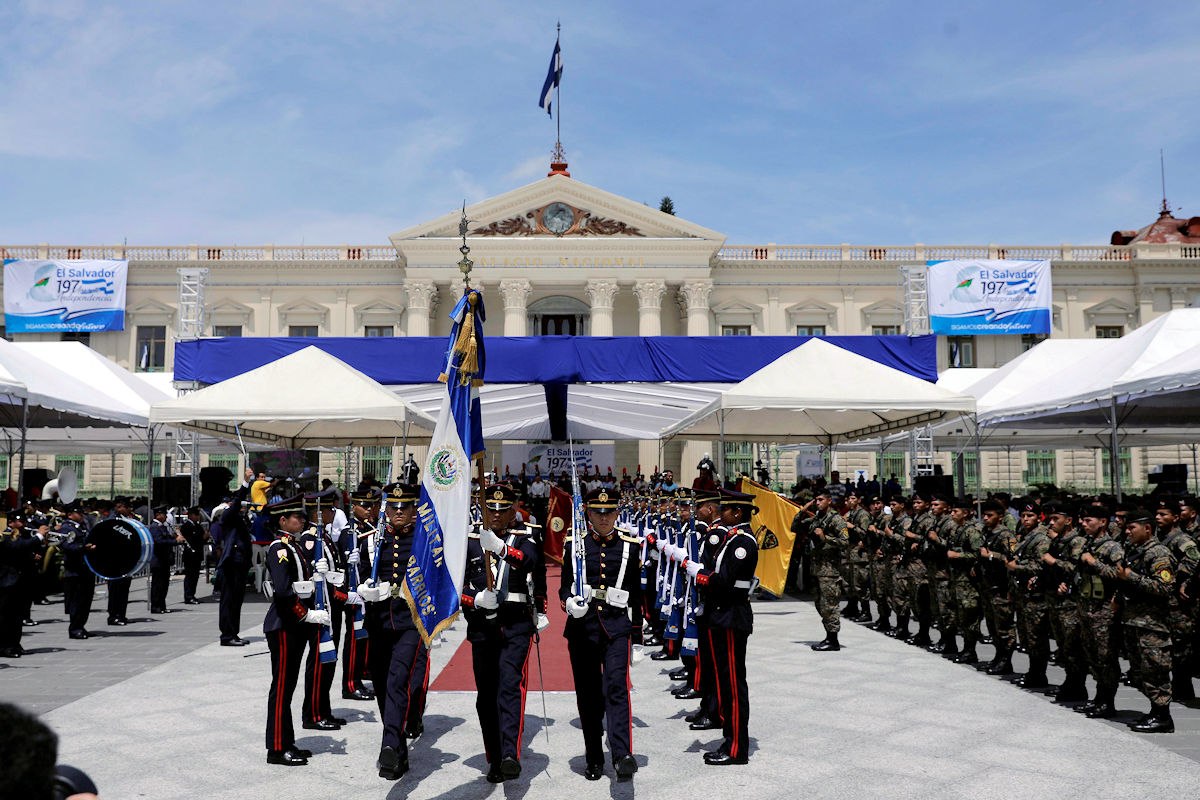
The chronological order of the composition and creation of each hymn is as follows.
La Granadera (1823-1839)
La Granadera was the hymn shared by the states that made up the United Provinces of Central America. Its use became official with the entrance of El Salvador to the federation in 1929.
However, other nations adopted it until 1839, but in the case of Guatemala, it has become its current National hymn. On the other hand, it was composed by Rómulo Ernesto Durón in 1823, and there is no data on who made its musical adaptation.
The Constitutional (1867)
The hymn, better known as El Constitucional, was written between September and October 1866, but on January 24, 1867, officially performed after being declared the National Hymn.
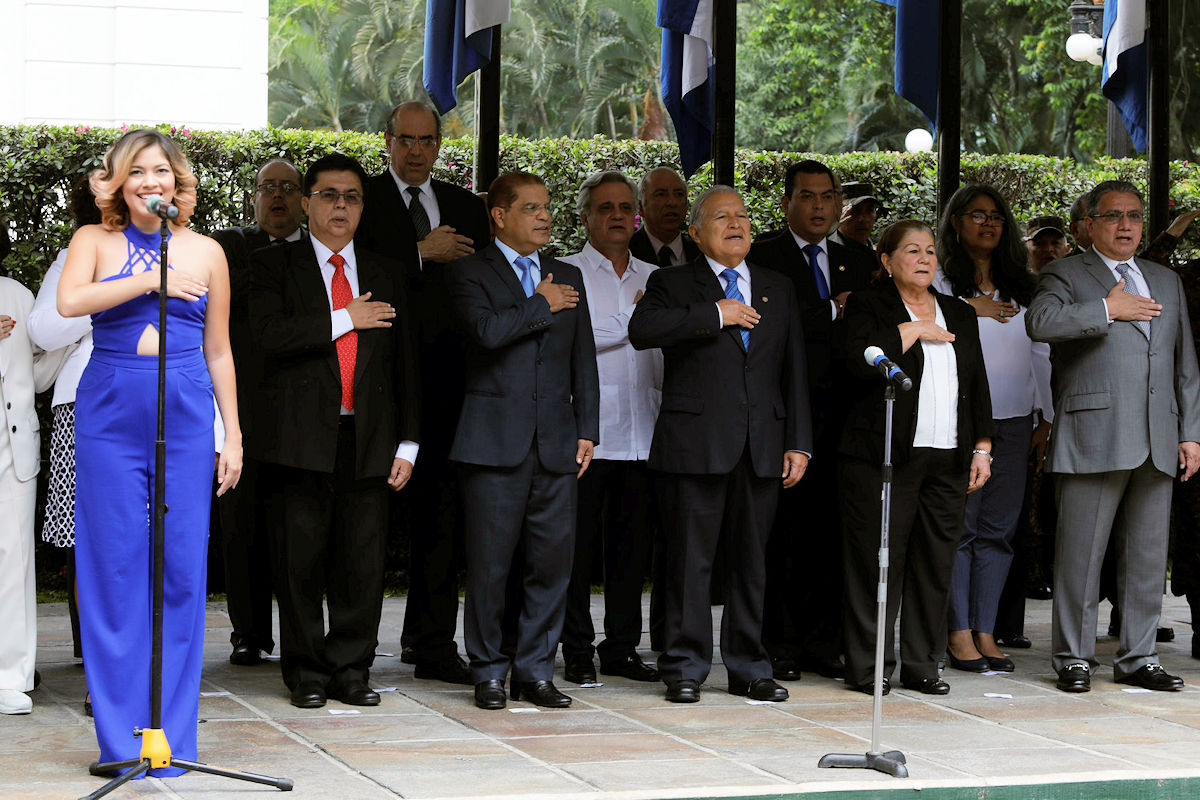
By mandate of President Rafael Zaldívar, the National Hymn of 1879 was composed by the Italian artist and composer Giovanni Aberle together with General Juan José Cañas. The latter was a politician, poet, and military man originally from the Department of San Miguel.
National Hymn (1879)
By mandate of President Rafael Zaldívar, the National Anthem of 1879 was composed by the Italian artist and composer Giovanni Aberle together with General Juan José Cañas. The latter was a politician, poet, and military man originally from the Department of San Miguel.
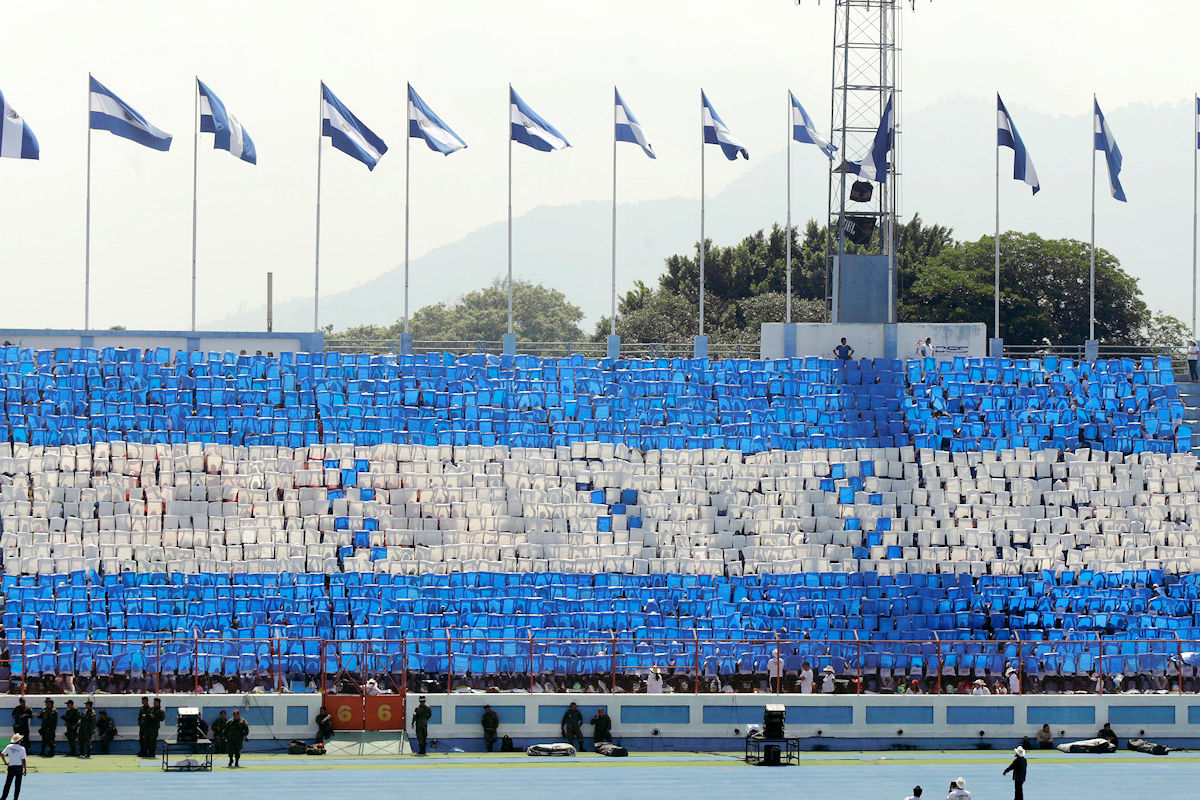
It officially premiered on September 15, 1879, in the courtyards of the old National Palace. Attended the event by the political leaders of El Salvador, children and young students of the capital, and many inhabitants.
Curiously, this was not the only National hymn as such during its first performance. However, it later received such recognition, becoming the only hymn of the nation.
El Salvador Libre (1891)
After the hymn of 1879, in 1890, a new president was appointed and no longer sang this song. Now with General Carlos Ezeta in the presidency, a new hymn was demanded, known as El Salvador Libre.
It was composed by the musician Césare Giorgi-Vélez, recognized whose lyrics as the National hymn on June 8, 1891. The hymn was discontinued after the overthrown of the Ezeta government.
Legislative Decree (1953)
The hymn of 1879 was retaken as the National Song. It was after the events that led to the departure from the power of General Ezeta. Given its importance and the patriotic manifesto of its lyrics. Undoubtedly, it was the people who, by tradition, gave such distinction to the hymn of Aberle y Cañas.
Its official recognition as National hymn took place on November 13, 1953, as part of Decree No. 1231 issued by the Legislative Assembly. In this decree, an article specifies that all previous and subsequent hymns are excluded from such distinction.
In 1972, the Law of National Symbols was enacted. They specify that the only National hymn and the nation’s symbol was chosen in 1953 and composed in 1879.
Meaning of the National Hymn
The National Hymn of El Salvador is made up of three stanzas and a chorus, where the peaceful spirit of the Salvadoran people is manifested. It dedicated the first lines to the nation and has been described as a holy and proud greeting.

Likewise, it represents the patriotic call for the welfare of all the people. Next, it presents the message and ideal of peace, progress, and freedom; the need for the nation to defend the rights of all.
It emphasizes respect for others, regardless of their origin or race. Values are based on the acceptance of ideals, dialogue, and coexistence. After this first stanza and the chorus is preceded by a verse focused on heroism and the great history of El Salvador’s struggle for freedom.
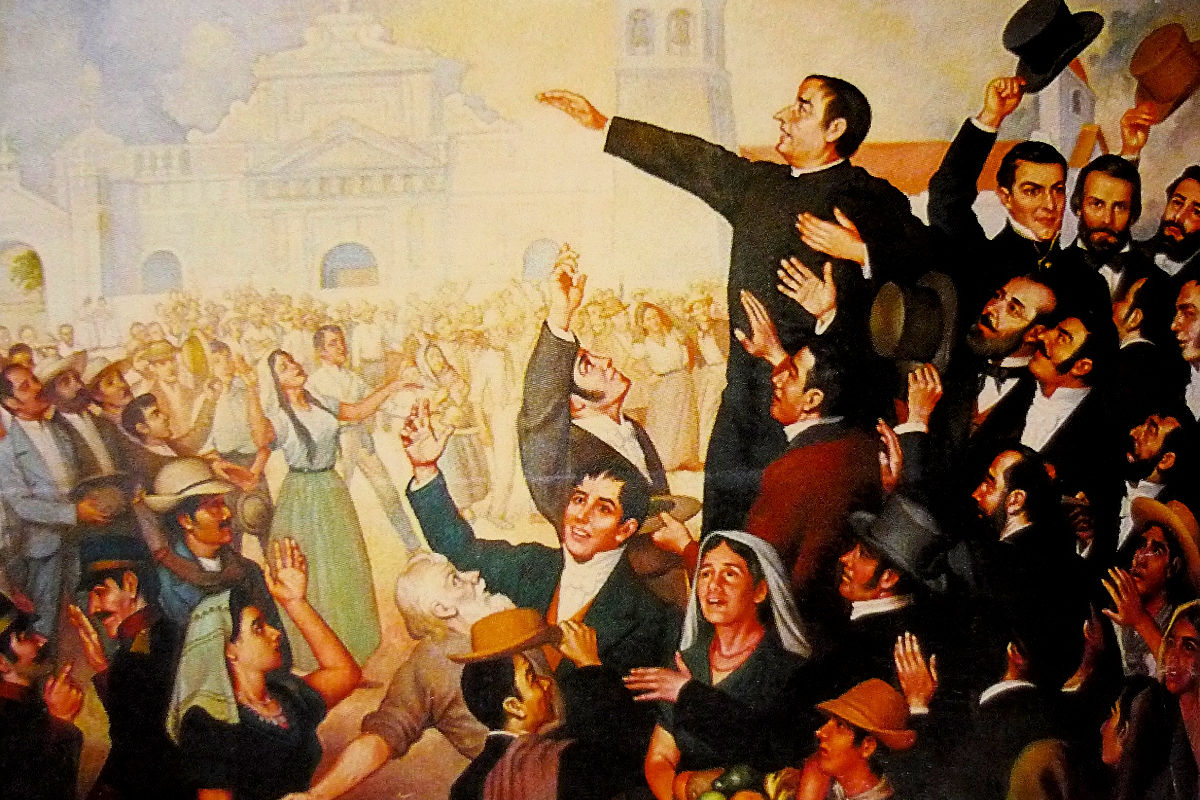
The independence heroes are the protagonists in this hymn section since all their ideals and dedication are shown. It describes the loyalty they kept to their country and their attitude during the struggle resulting in freedom.
The last and third stanza signifies respect and the desire for peace with the rest of the world’s nations. National Hymn of El Salvador is generally summarized as a song of peace for all, progress, and development in common with the people.
A hymn that, more than describing the intense battles for independence, encompasses the history of a fighting people. They also became the main protagonist in bringing peace, building new ideals, exalting their traditions, and overthrowing injustice.
National Hymn of El Salvador
Chorus:
Saludemos la patria orgullosos De hijos suyos podernos llamar; Y juremos la vida animosos, Sin descanso a su bien consagrar.
First Stanza:
De la paz en la dicha suprema, Siempre noble soñó El Salvador; Fue obtenerla su eterno problema, Conservarla es su gloria mayor.
Y con fe inquebrantable el camino Del progreso se afana en seguir Por llenar su grandioso destino, Conquistarse un feliz porvenir.
Le protege una férrea barrera Contra el choque de ruin deslealtad, Desde el día que en su alta bandera Con su sangre escribió: ¡LIBERTAD!
Second Stanza:
Libertad es su dogma, es su guía Que mil veces logró defender; Y otras tantas, de audaz tiranía Rechazar el odioso poder.
Dolorosa y sangrienta es su historia, Pero excelsa y brillante a la vez; Manantial de legítima gloria, Gran lección de espartana altivez.
No desmaya en su innata bravura, En cada hombre hay un héroe inmortal Que sabrá mantenerse a la altura De su antiguo valor proverbial.
Third Stanza:
Todos son abnegados, y fieles Al prestigio del bélico ardor Con que siempre segaron laureles De la patria salvando el honor.
Respetar los derechos extraños Y apoyarse en la recta razón Es para ella, sin torpes amaños Su invariable, más firme ambición.
Y en seguir esta línea se aferra Dedicando su esfuerzo tenaz, En hacer cruda guerra a la guerra: Su ventura se encuentra en la paz.

